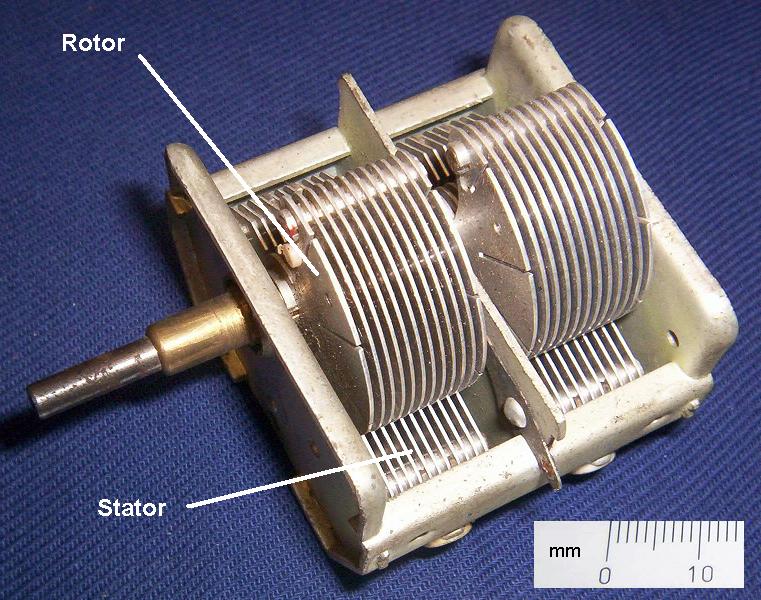Can I make a "virtual" variable capacitor with a capacitor in series with a potentiometer??? is that a normal practice in electronics?
The pot would make the cap smaller isn't?
And maybe adding a diode in parallel with the potentiometer I can make the cap look bigger? It would charge fast with the diode, and discharge slow with the resistor?
Sorry to ask this, but the normal electronics sites are full of sceptics.
best,
Alvaro
The pot would make the cap smaller isn't?
And maybe adding a diode in parallel with the potentiometer I can make the cap look bigger? It would charge fast with the diode, and discharge slow with the resistor?
Sorry to ask this, but the normal electronics sites are full of sceptics.
best,
Alvaro


Comment